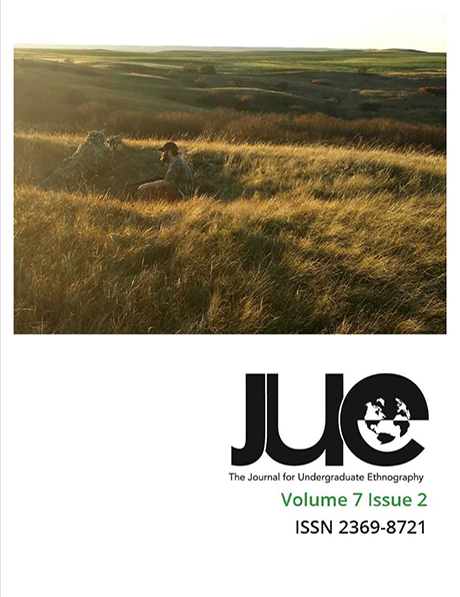Finding "Nature" in the City: the Intersection of Geography, Culture, and Urban Change in Valparaàso, Chile
DOI:
https://doi.org/10.15273/jue.v7i2.8416Abstract
The complex relationships that exist between “nature” and the built environment of cities are often both simplified and neglected in practice. Focusing on a coastal city in Chile, this paper illuminates various definitions and social constructions of
nature and their inclusion or exclusion in practices of urban life, planning, and environmental management. Drawing on interviews and participant observation, this article analyzes how conceptualizations of nature affect urban environmental planning and management in the metropolitan area of Valparaàso. Analysis of these data shows that nature is primarily viewed as separate from cities, often leading to its exploitation or invisibility; when included in the urban form, systematic planning rarely prioritizes nature‘s intricate interrelationship with the built environment. More specifically, the impact of such conceptualizations of nature and urban space can be seen in an ecological conflict in the region, in the town of Laguna Verde, and its connection to the coastline and nature of Valparaàso. This article suggests that we must define nature beyond the dichotomy of preservation or exploitation, in order to understand the various ways in which humans intersect with nature and to consider alternative paths for ensuring a sustainable relationship between the urban and natural components of our cities.


